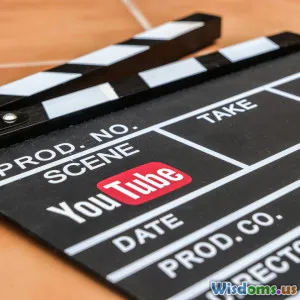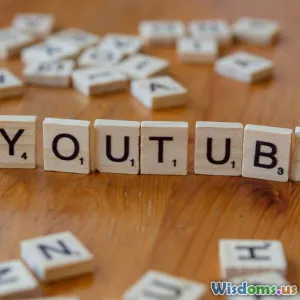
Why Video SEO Can Make or Break Your Channel
16 min read Discover how video SEO influences channel growth, rankings, and engagement in today's digital landscape. (0 Reviews)
Why Video SEO Can Make or Break Your Channel
Every minute, over 500 hours of video content is uploaded to YouTube alone. As a creator or brand, you could develop world-class content with high production value, stunning visuals, and insightful storytelling—but it still might never reach your desired audience. Why? In most cases, the missing ingredient is effective Video SEO (Search Engine Optimization). If you want your channel to thrive, mastering video SEO is not an option but a necessity.
Understanding Video SEO and Its Impact

Video SEO is the process of optimizing your video content and your channel so that search engines and platform algorithms surface them in user searches. Unlike traditional SEO, which focuses on websites, video SEO balances two audiences: search algorithms and real people. Why does this duality matter? More than 70% of watch time on YouTube is driven by the platform's recommendation engine and search rankings.
Real-World Example: Imagine two gaming channels launching guides for the same trending release. Channel A uses just the video title “Gameplay Tips,” while Channel B titles its video “Top 10 Actionable Tips to Master Fortnite (2024 Update).” Channel B optimizes descriptions with timestamps, relevant tags, and an engaging custom thumbnail. It’s more likely to rank higher, attract more impressions, and generate substantial watch time—all thanks to video SEO best practices.
Neglecting video SEO means your videos can get buried beneath the avalanche of new uploads, no matter how great your content is.
How Algorithms Decide What Gets Seen

Both YouTube and Google utilize complex algorithms to determine which videos are surfaced through search results and recommendations. These algorithms weigh factors such as:
- Click-through rates (CTR): How often users click your videos compared to impressions
- Watch time: How long viewers stay on your content
- Engagement: Metrics like likes, shares, comments, and subscriptions
- Relevance: The match between user queries and your video metadata (title, description, tags)
Key Insight: For instance, let’s say two videos have similar views, but one retains users for longer periods and garners more comments and likes. The algorithm will push this video to a wider audience, improving discoverability and channel growth.
Keyword Research for Maximum Visibility

Keywords connect your audience’s intent to your video. Proper keyword research is crucial.
Actionable Steps:
- Use Tools: Leverage platforms like Google Trends, TubeBuddy, and VidIQ to understand what users are actually searching for.
- Analyze Competition: Enter your core idea into YouTube search. Which related searches auto-populate? What keywords do top-performing videos use?
- Target Both Short & Long-Tail Keywords:
- Short-tail: “Cooking tips”
- Long-tail: “Easy vegetarian cooking tips for beginners”
- Plug Keywords Naturally: Ensure key terms appear in the title, description, and tags—but avoid keyword stuffing that reads unnaturally.
Example: If your video targets “remote work productivity,” consider optimizing for related phrases: “remote work tips,” “how to stay productive from home,” and “productivity hacks for remote teams.”
Crafting Click-Worthy Titles and Thumbnails
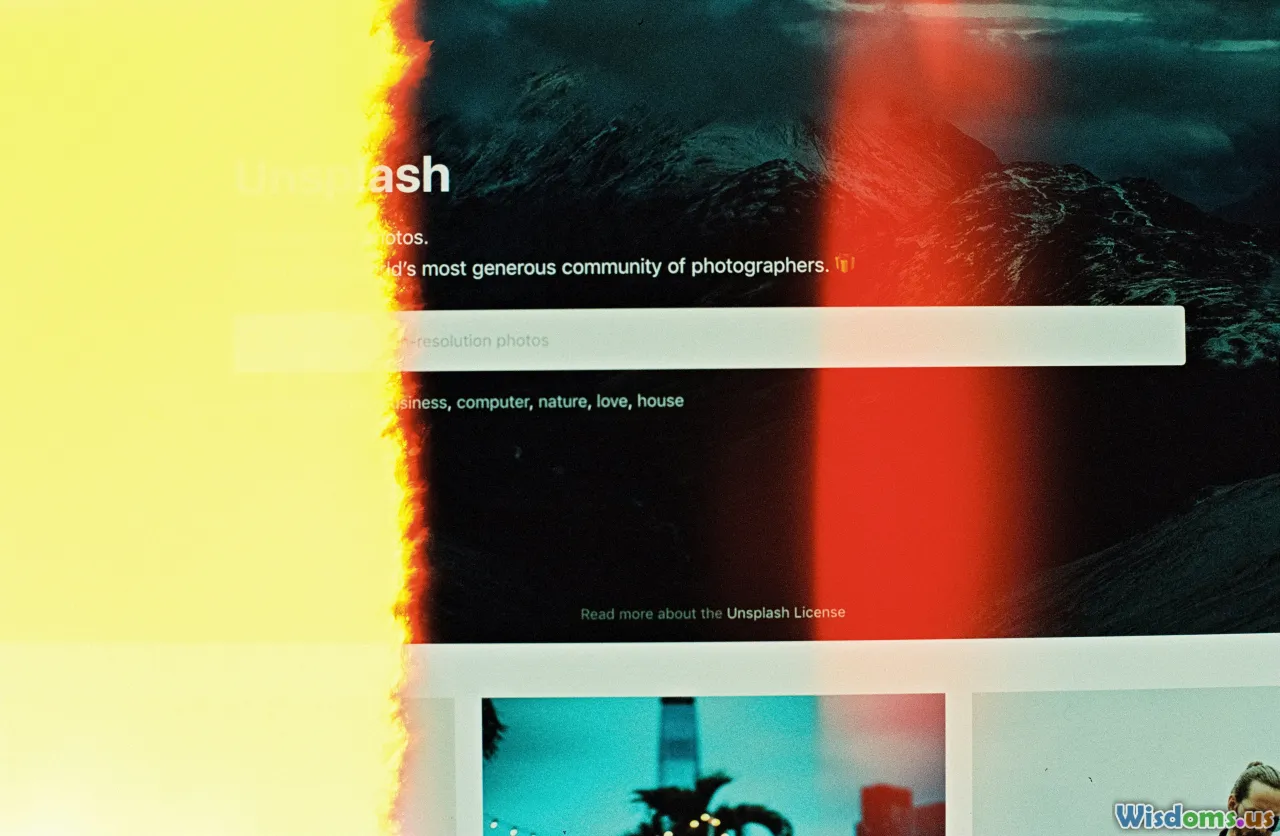
Your title and thumbnail act as a digital storefront—they determine if a user even considers your video. According to YouTube, over 90% of top-performing videos use custom thumbnails.
Best Practices:
- Titles:
- Be descriptive while sparking curiosity.
- Combine main keywords with emotion or urgency.
- Example: “5 Proven Ways to Double Your YouTube Subscribers (Fast)”
- Thumbnails:
- Use bold text overlays that complement (not repeat) your title.
- Maintain visual consistency and branding.
- Feature expressive faces and contrasting colors for higher CTR.
Tip: A/B test different thumbnail and title combinations using tools like TubeBuddy to understand what resonates with your audience.
Optimizing Video Descriptions and Tags

A video’s description and tags are prime real estate. Both provide context for algorithms and help viewers understand what to expect.
How-To Guide:
- Descriptions:
- Start with 1-2 keyword-rich sentences summarizing the video topic.
- Use timestamps for chaptering (improves navigation and SEO).
- Include links to related videos/playlists to keep viewers on your channel.
- Tags:
- First, use your main keyword as the primary tag.
- Add several specific long-tail tags and broader relevant ones.
- Don’t over-tag; stick to 8-12 focused tags to avoid dilution.
Pro Insight: YouTube now prioritizes title and description keywords over tags, but well-chosen tags remain essential for associating your content with trending topics and related queries.
Leveraging Closed Captions and Transcriptions

Closed captions and accurate transcriptions make your videos accessible to a wider global audience—including those with hearing impairments, non-native speakers, or anyone who prefers watching with the sound off. But their SEO benefit is equally powerful.
Platforms such as YouTube can crawl caption data, understanding your video context with greater precision. This increases the chances your video will appear in related search queries—even for words only spoken and not in your video metadata.
Stat: A 2023 study revealed videos with captions saw up to 15% higher search traffic, especially on educational and DIY channels.
Actionable Advice:
- Use YouTube’s auto-captioning as a base but always upload or edit for accuracy.
- Include important keywords in your spoken script (naturally) for even further SEO advantage.
Why Watch Time and Engagement Metrics Matter

The longer viewers watch your videos, the stronger the signal to YouTube’s algorithm that your content is engaging and valuable. Watch time can dramatically increase your chances for promotion—in recommendations, on the homepage, or via “Up Next.”
Example: A vlogger’s 10-minute video with viewers staying for 8 minutes will consistently outperform a 5-minute video with viewers leaving after 2 minutes, even with similar click counts. High engagement often leads to a snowball effect; the algorithm rewards higher-performing content, widening visibility, which in turn fuels further engagement.
Tip: Ask questions, encourage comments, and remind viewers to subscribe or share. Construct high-engagement segments—like polls, on-screen questions, or giving shout-outs to community members.
Tactical Use of Playlists and End Screens

Playlists and end screens aren’t just about navigation—they’re secret weapons for maximizing session duration and channel authority.
How-To Apply:
- Create Thematic Playlists: Group related videos together. For example, a photography channel could build playlists for “Beginner Guides,” “Editing Tips,” and “Camera Reviews.”
- Set Up End Screens: Guide viewers to other high-value videos or playlists within the last 20 seconds. This prevents audience drop-off and extends session watch time.
Case Study: After implementing targeted end screens and strategic playlists, a tech review channel saw a watch session increase of 35% over two months, dramatically boosting total channel impressions.
The Role of Consistent Branding and Channel Optimization

Beyond optimizing individual videos, you need to make your entire channel SEO-friendly and visually aligned. Consistent branding strengthens trust and signals professionalism, helping viewers remember (and return to) your content.
Optimization Checklist:
- Channel Banner: Clear, on-brand graphics with your niche focus visible at a glance.
- About Section: SEO-driven descriptions, core keywords, and links to your website or social handles.
- Channel Trailer: Short, compelling overview showcasing your value proposition, optimized for both keywords and audience engagement.
- Upload Schedule: Consistency signals reliability to both algorithms and viewers.
Example: Travel vlogger Eva Zu Beck attributes part of her explosive growth to a cohesive channel aesthetic and optimizing every section—from playlists to featured channels—with target keywords and topics.
Evaluating Your Video SEO with Analytics Tools
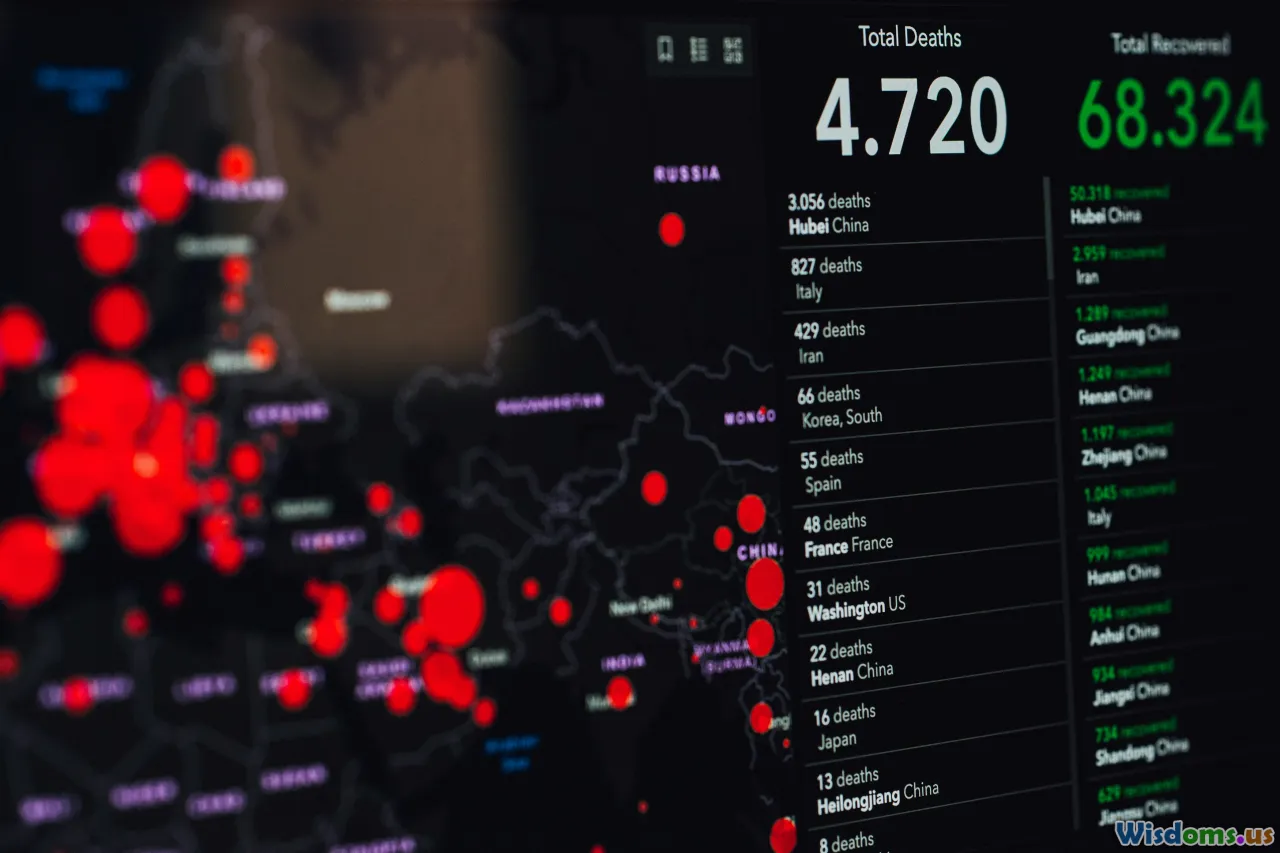
You can’t improve what you don’t measure. YouTube Studio’s in-depth analytics let you assess what’s working—and what isn’t.
Tips for Data-Driven Improvement:
- Monitor Traffic Sources: See which keywords drive discovery, from YouTube search, suggested videos, or external sources.
- Track Audience Retention: Identify points where viewers drop off and rework your approach (for example, tighten hooks and remove repetitive sections).
- Optimize Underperforming Videos: Refresh titles and thumbnails, or add keyword-rich descriptions based on new trends uncovered in analytics.
Pro Tip: Use comparison mode in YouTube Studio to benchmark the performance of optimized vs. non-optimized videos for actionable insights.
Top Video SEO Mistakes That Stall Your Growth
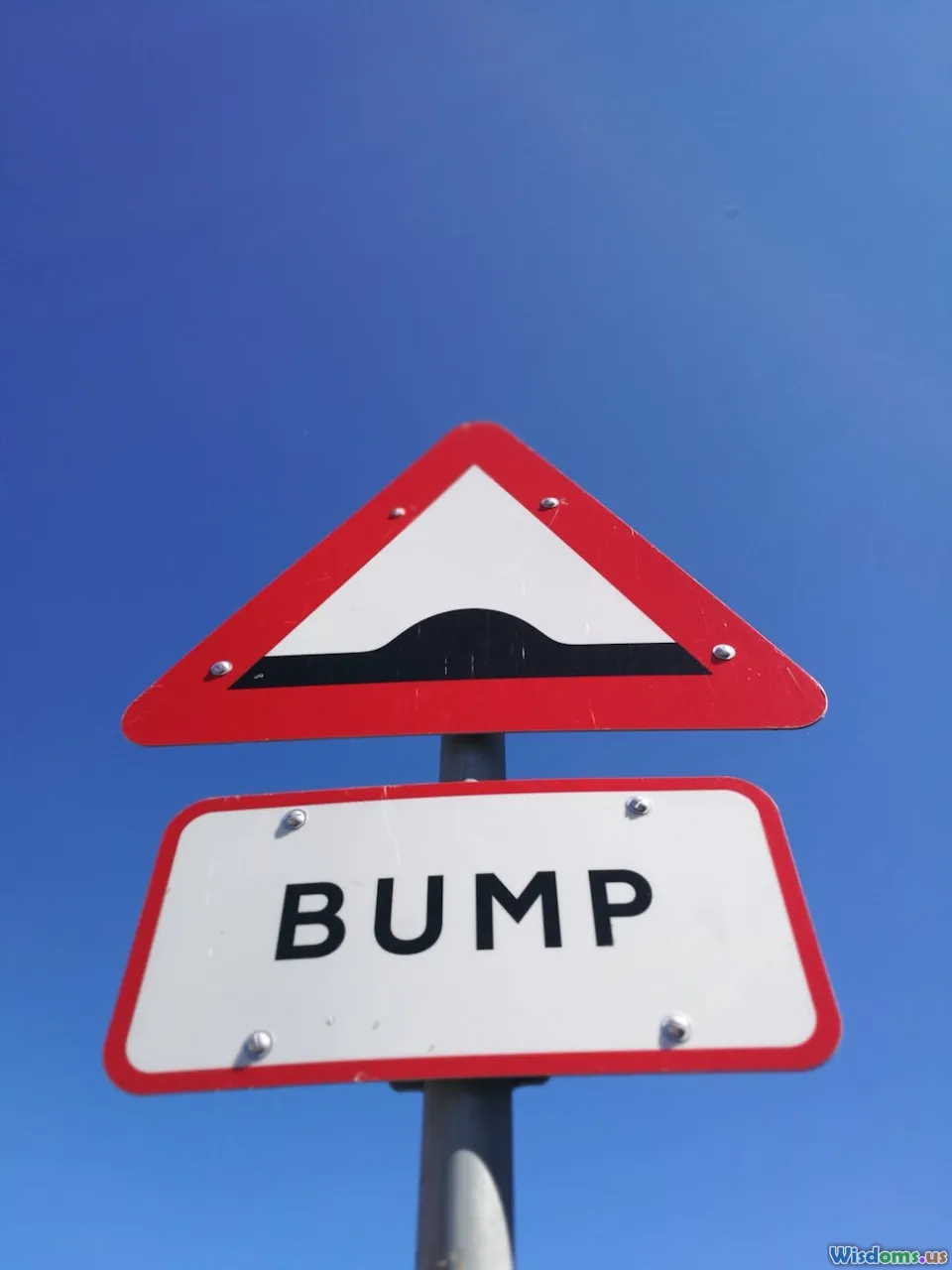
Even experienced creators can fall into SEO traps. Here are pitfalls to avoid:
- Keyword Stuffing: Overloading your metadata makes your content appear spammy, pushing it down the rankings.
- Ignoring Mobile Optimization: Over half of YouTube views are from mobile; ensure your thumbnails and titles are readable on smaller screens.
- Neglecting Engagement Cues: Focusing solely on views, not fostering genuine comments or community.
- Using Clickbait: Winning the click but failing to deliver on the promise tanks your retention and hurts your long-term visibility.
- Overlooking Consistency: Infrequent posting confuses algorithms—and your audience.
Real Example: A DIY channel saw a dramatic decrease in viewership after switching to sensationalist titles and thumbnails. Their increased bounce rate signaled poor user satisfaction, resulting in lower rankings and fewer recommendations.
Elevate Your Channel with an Integrated Video SEO Strategy

To maximize impact, integrate video SEO into every aspect of your content creation pipeline:
- Research before Recording: Start every video with a clear idea of your target keyword(s) and trending topics.
- Structure for Engagement: Use compelling intros, clear visual cues, and regular engagement prompts.
- Optimize Metadata at Upload: Pay careful attention to every field on your upload form—not just the title and description, but also custom thumbnails, closed captions, and playlists.
- Promote Cross-Platform: Share optimized links across your social media, blog, or newsletter, always using consistent branding and messaging.
- Iterate: Use analytics insights to continually refine future videos and revamp older uploads.
The channels that dominate in 2024 and beyond aren’t just creating great content—they’re making it discoverable, accessible, and relevant through intelligent video SEO. In a fiercely competitive video landscape, optimized visibility is what elevates hidden gems into viral successes. Cementing SEO into your creative routine can truly make—or break—your channel's future.
Rate the Post
User Reviews
Popular Posts












